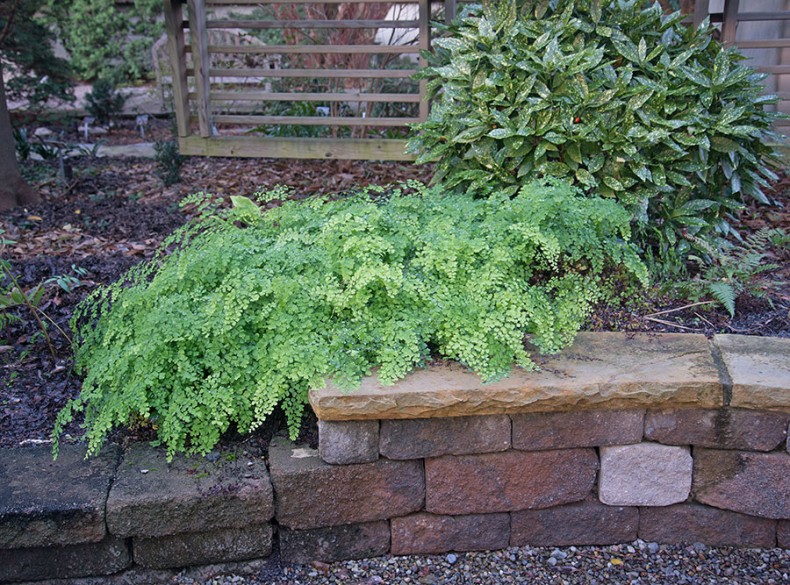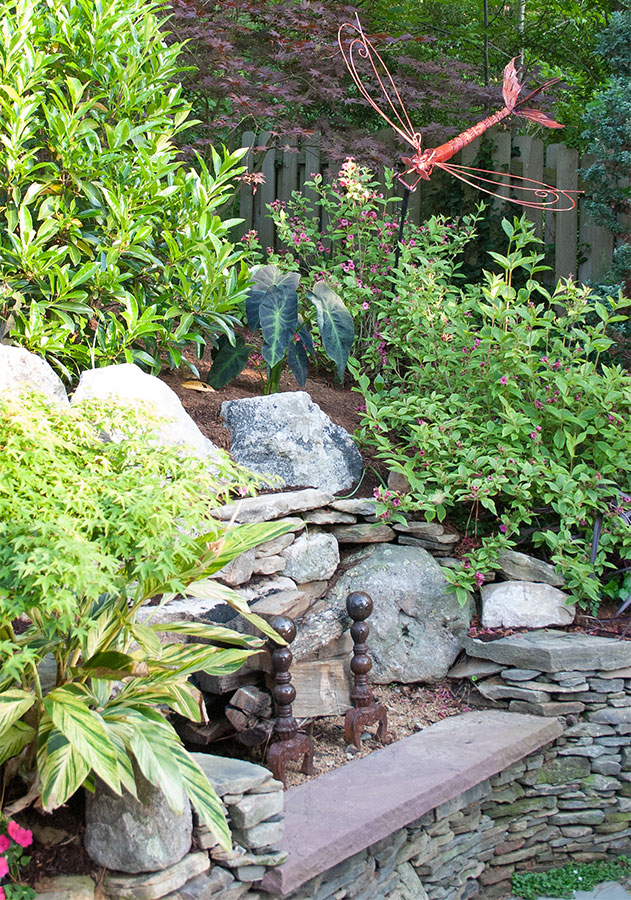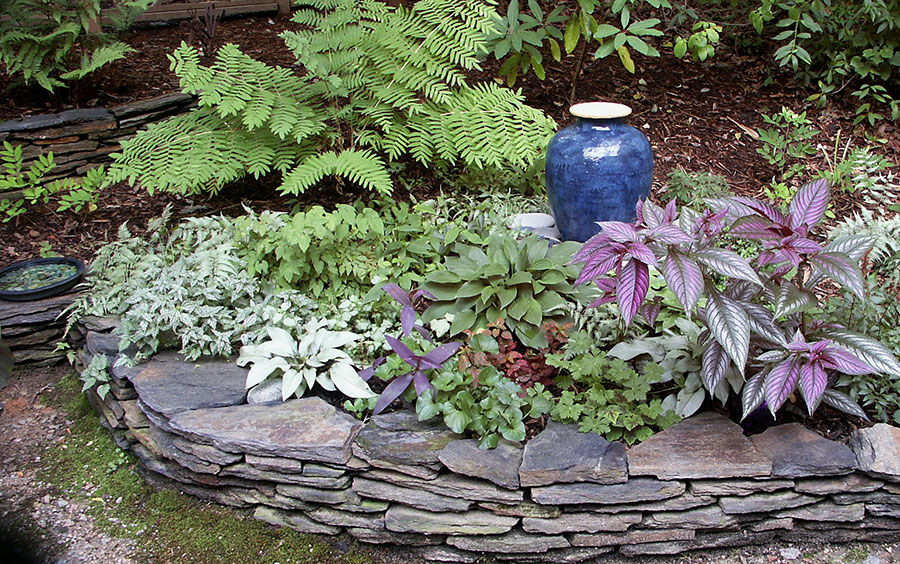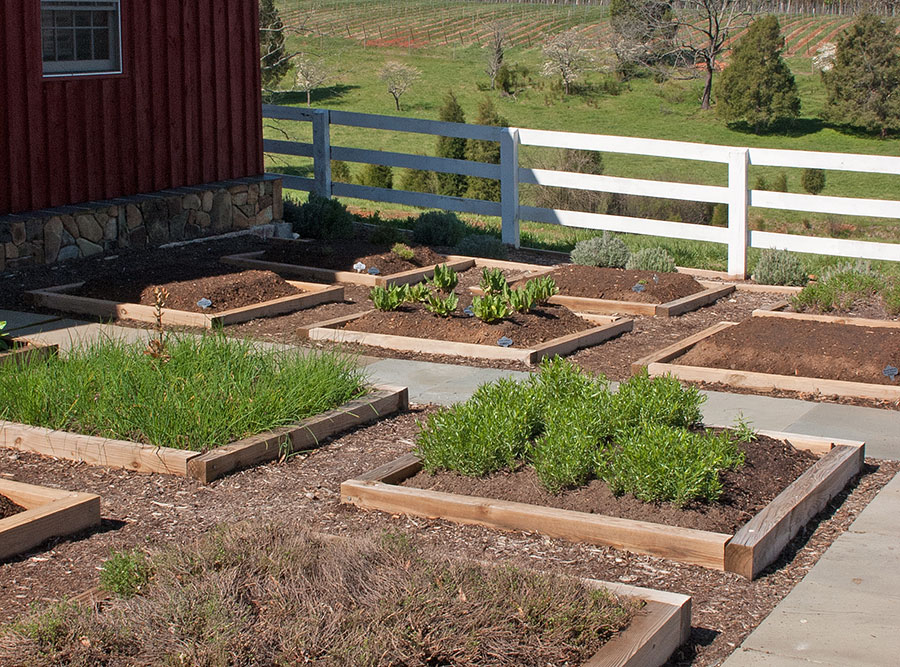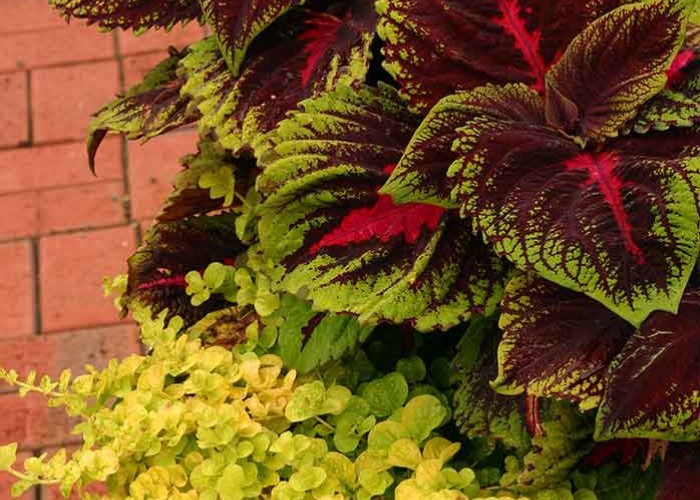Gardeners: Give Yourself a Raise
Elevated beds take gardening to the next level
By L.A. JacksonWant to maximize production in your edible and ornamental gardens this year? There are plenty of nifty tricks to prod plants into showing off their best efforts, but to me, probably one of the most effective ways is to simply give yourself a raise.
In this case, “a raise” simply means elevating planting beds. Raised beds are especially helpful for Carolina gardeners who struggle to baby plants in super sandy soils or gunky, thick clay. And instead of taking years and truckloads of soil amendments to tame such inhospitable grounds, backyard planters will have quick relief in the short time it takes to construct such raised beds. Ergonomic relief also can be factored in — bending over these above ground gardens will certainly be much easier on a testy back.
So, are you ready to get growing with raised beds? For starters, think location, location, location. Elevated gardens will work best if they are sited away from large trees, which can send out their hungry, hairy feeder roots to compete with preferred plants for nutrients. Also, unless you are a lover of hostas, hellebores, iron plants and other such shade-lovers, let the sun shine on above-ground plant playpens, although for less heat stress in the summer, try to find a spot that is at least partially shaded from the hottest sunrays in the mid-to-late afternoon.
Building up
Looking to create a Colonial-style vegetable or herb garden? Rectangular raised beds are the way to go, and wooden walls will work well with them. But, while pressure treated wood products are no longer being made with the poisonous chromate copper arsenate, I’m still a bigger fan of naturally rot-resistant woods such as cypress or cedar — they are pricey, but they will last a l-o-o-o-n-g time.
Skinny lumber such as economical 1x6s or 1x8s will work, but over the years they could warp unless deeply anchored ground posts aren’t attached every 2 to 3 feet. Hefty 6x6s and 8x8s have fewer problems with the bends, and will tend to stay in place better by their sheer weight. I really don’t like using old railroad ties in raised beds for edibles; even though most of the preserving agent creosote is gone, it is still a big nasty that I don’t want plants I’m planning to chew on absorbing in any amounts.
For a productive height in veggie or herb beds, 6-inch-tall walls are often touted as the bare minimum, but on terra firma plots that have never been struck with a shovel, based on my experience, better results with growable edibles now and in the years to come will be had with beds at least 12 inches above ground. This is especially true for root crops such as carrots, onions, radishes and turnips. Width matters as well — stretch the beds as long as Texas, if you want, but no more than 4 feet wide to minimize embarrassing face plants while reaching in for the harvestable goodies.
Beds for perennials and flowers also can be elevated within the confines of wooden timbers, but to introduce the visual aesthetics of curves, curls and swerves into a landscape design, brick or stone are excellent options. Bonding with mortar will create lasting walls, but care must be taken to allow for proper drainage. As an alternative, dry-stacking with bricks or stone is an easier DIY project, and it automatically solves any drainage problems. One more option, interlocking pavers, is tough to beat for strength and good drainage without the use of mortar.
Whatever material you use, resist building walls over 2 feet high because, not only will stability become an issue, but the whole project could easily take on the look of a bunker. Create staggered terraces for extra height. This wall-topping-wall approach will be much easier on the eyes and won’t sacrifice structural strength. Terracing also allows plants to interact vertically, with weeping, crawling pretties spilling downwards while vigorous vines stretch their wandering ways up to higher levels.
Filling in
Once the walls are built, prepare the soon-to-be subsoil in the bottom of the beds. Remove any existing vegetation, and roughly turn over undisturbed dirt to open up plenty of additional easy avenues for future developing roots to explore. This step is especially important if you are gardening in clay that is hard enough to tap dance on, but whatever the soil’s texture, such ground pounding also helps rid the area of unwanted roots and stones.
For small raised gardens, several bags of commercial garden dirt and soil conditioner from your local, friendly garden center will probably be enough to fill the beds. Bigger projects, however, often need trucks of dirt. While it is certainly tempting in price to just have a load of fill dirt brought in, resist this urge by asking yourself one simple question: Do you really want to take the chance of winding up with someone else’s rocks, sticks and other assorted useless chunks of refuse? As a better option, check with nearby nurseries or landscaping businesses for screened topsoil. Also ask if they have processed compost available. If so, grab a truck-size heapin’ helpin’ of this garden “black gold,” because it is a garden-given that most plants will grow better in compost-enriched soil.
Fill the raised beds to within about 2 inches of the top. This will allow room for a layer of organic mulch, which can be added in the late spring to help retain ground moisture during dry spells as well as deflect the worst of the sun’s heat on plant roots in the thick of the summer.
Mulch, like compost, will break down over the course of a growing season, causing the soil level to sink, but this, as Martha Stewart says, is a good thing — it simply leaves space for more beneficial organic ingredients to be added to your new raised beds next year!
-
More Carolina Gardens
-
Share this story:

